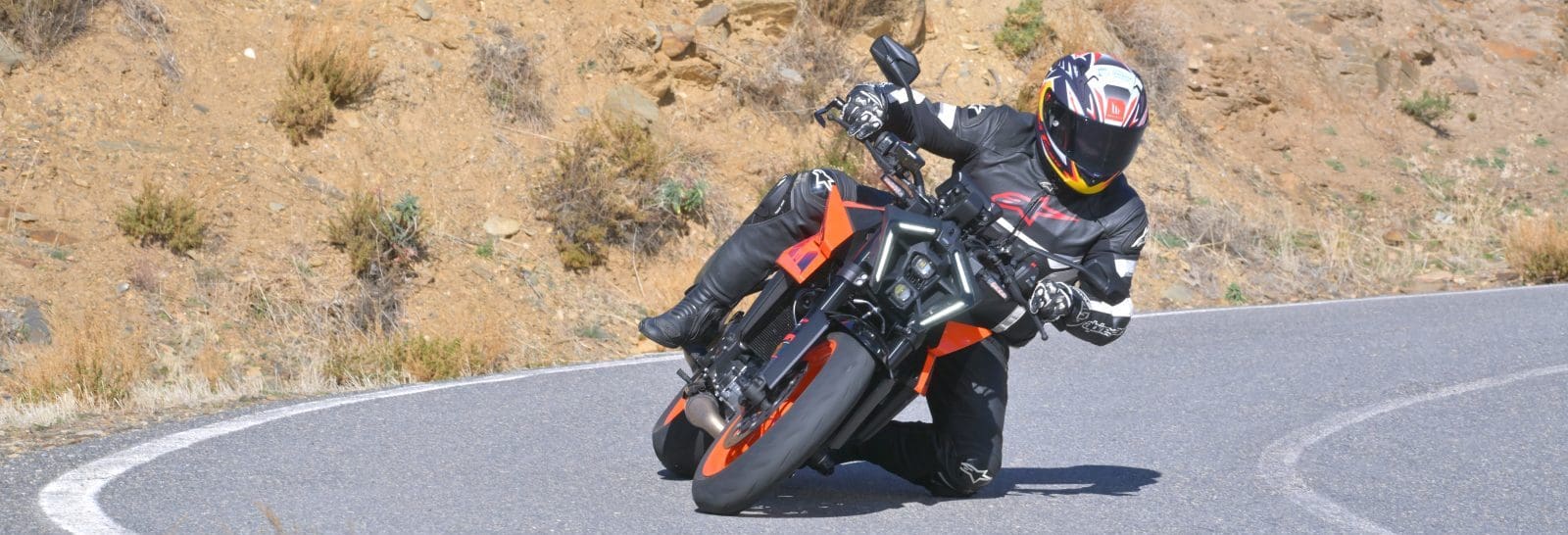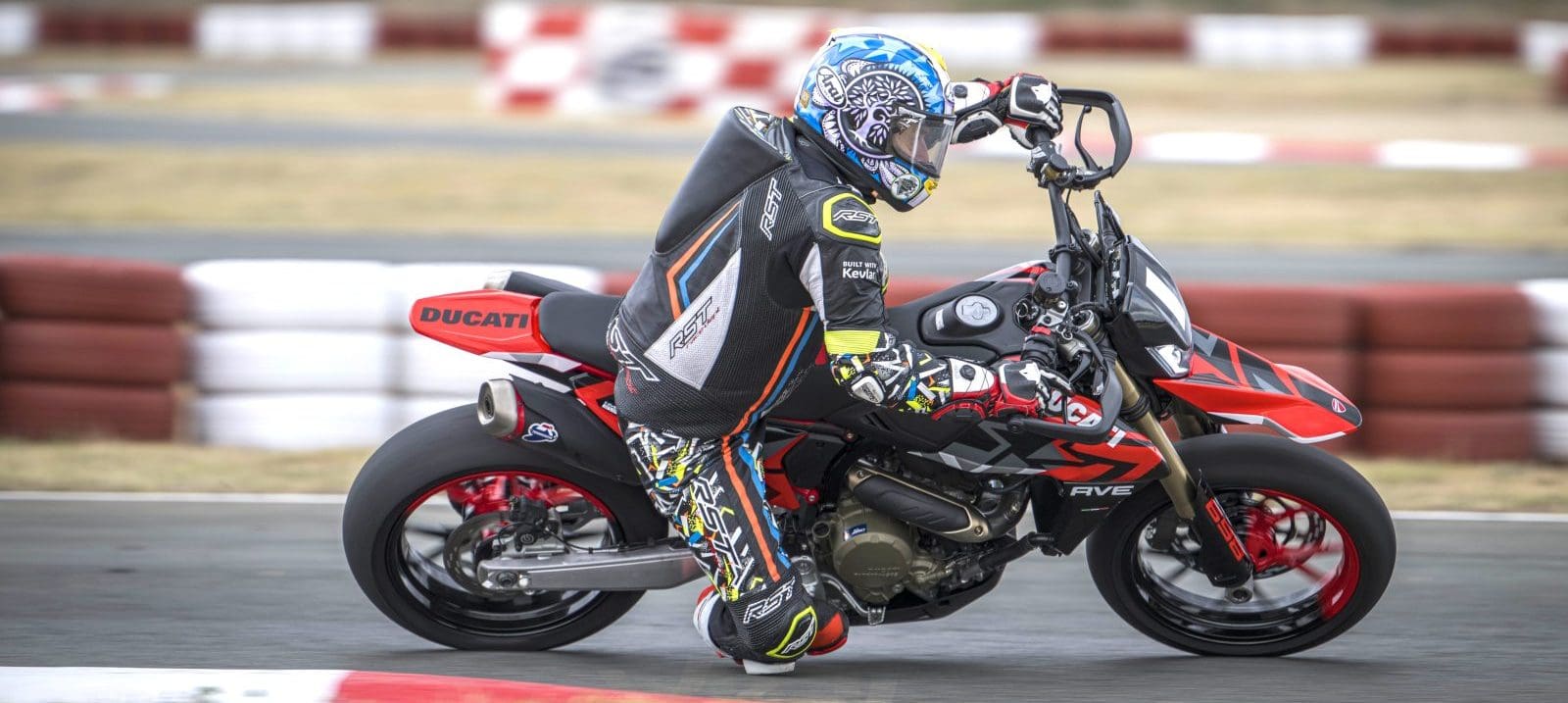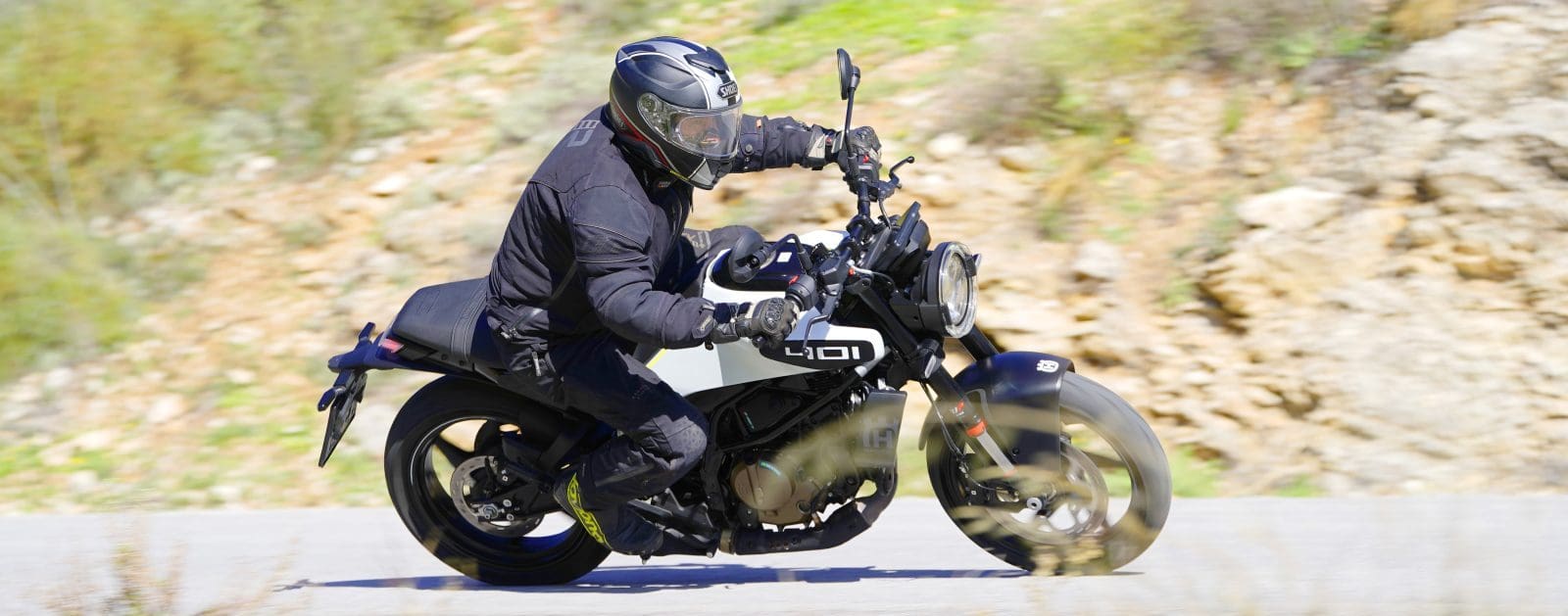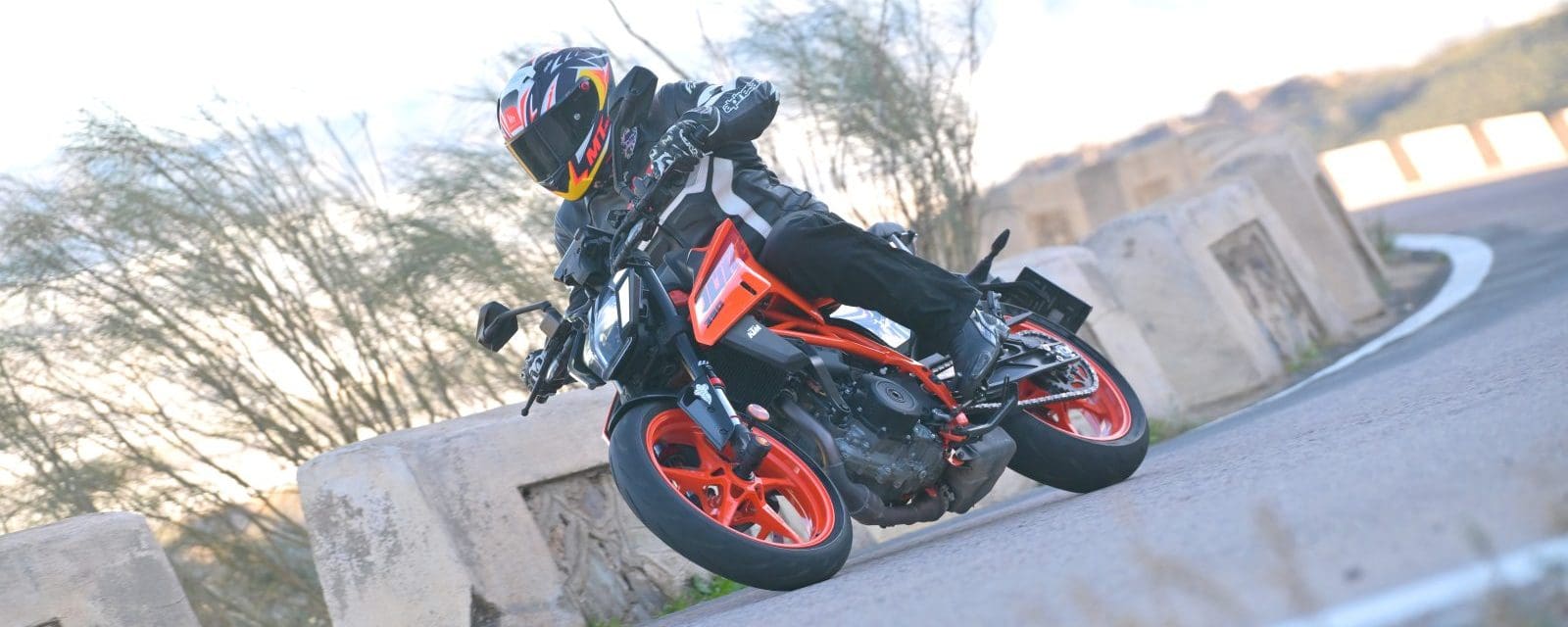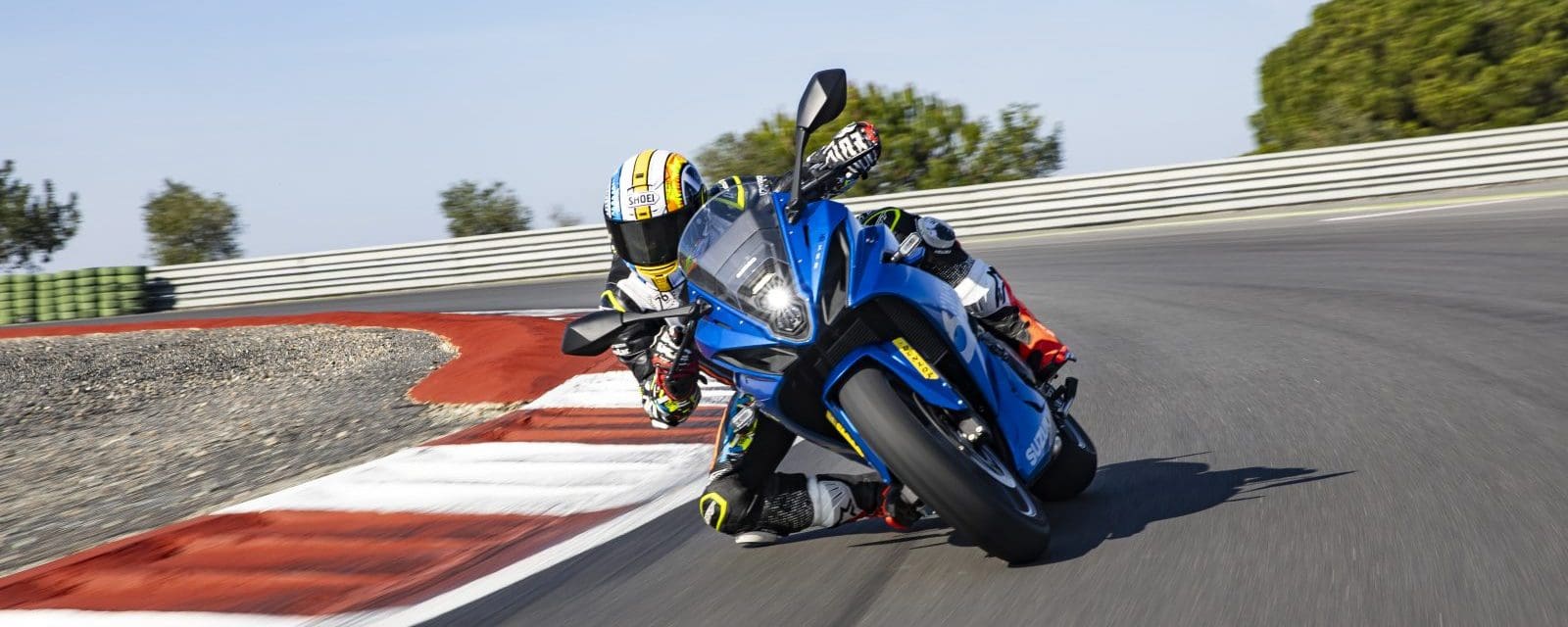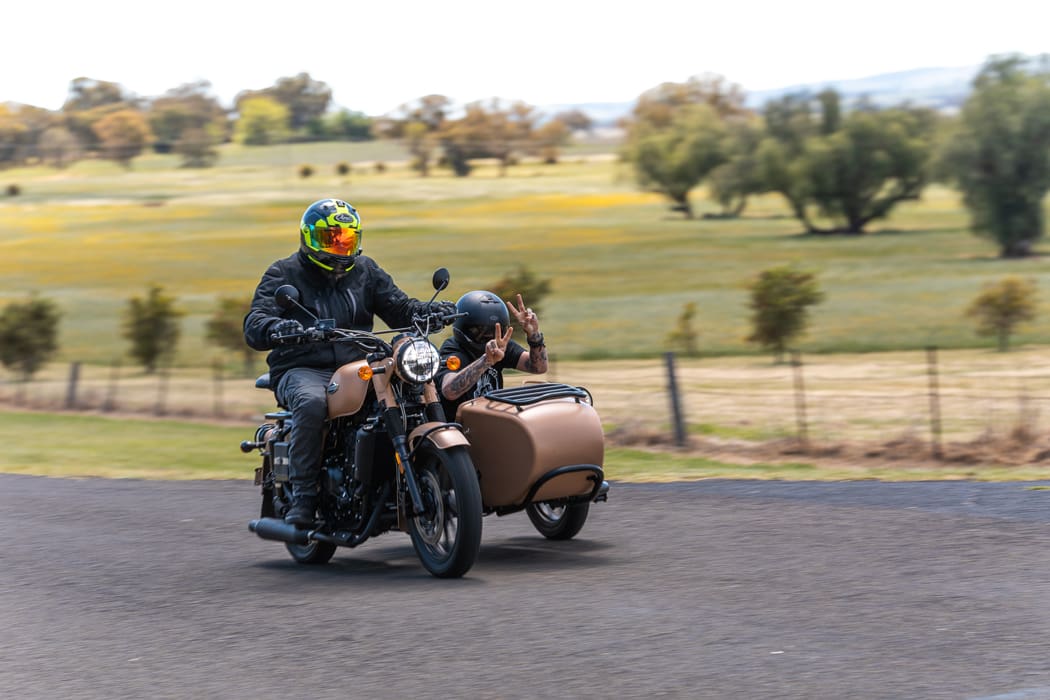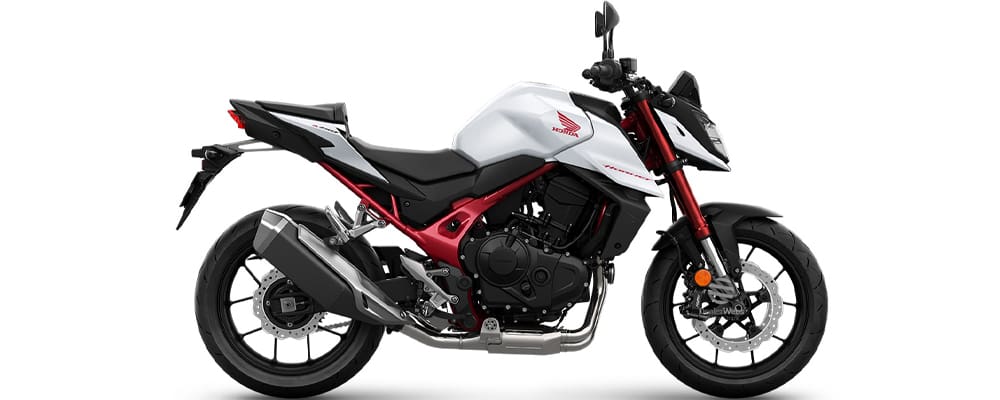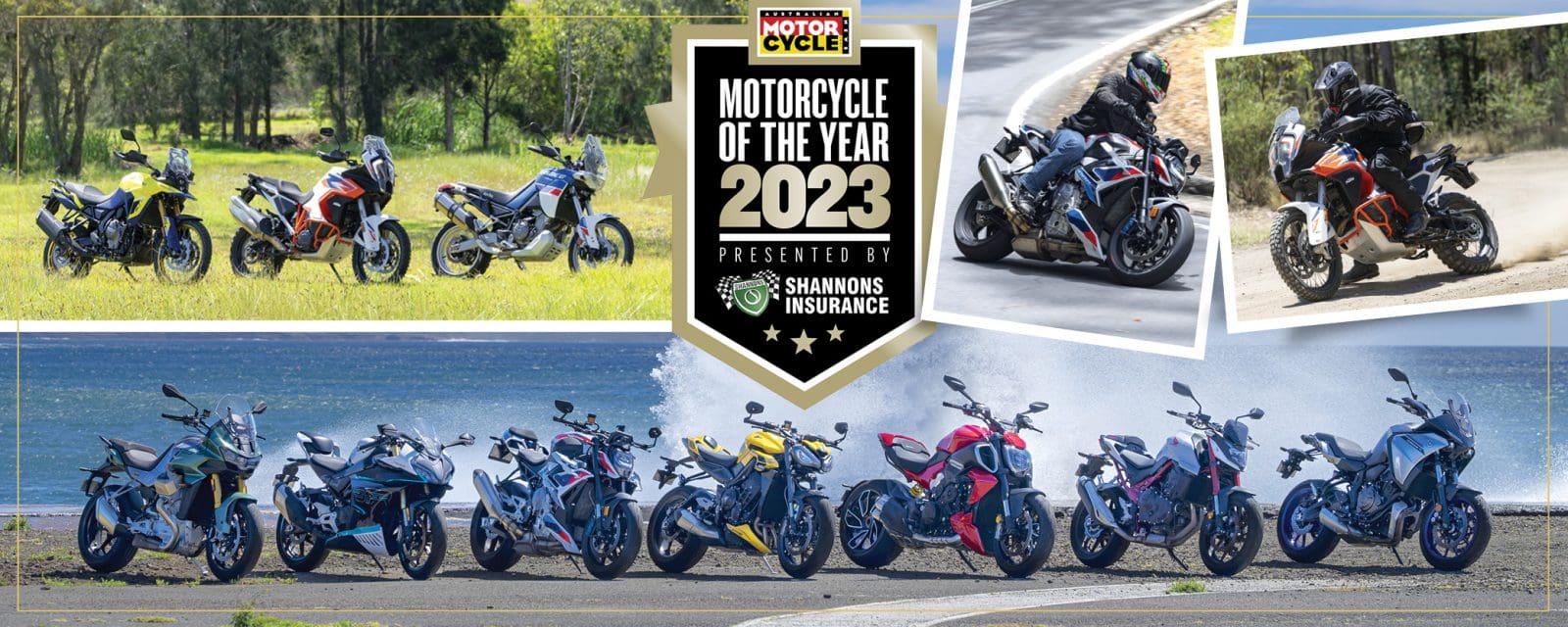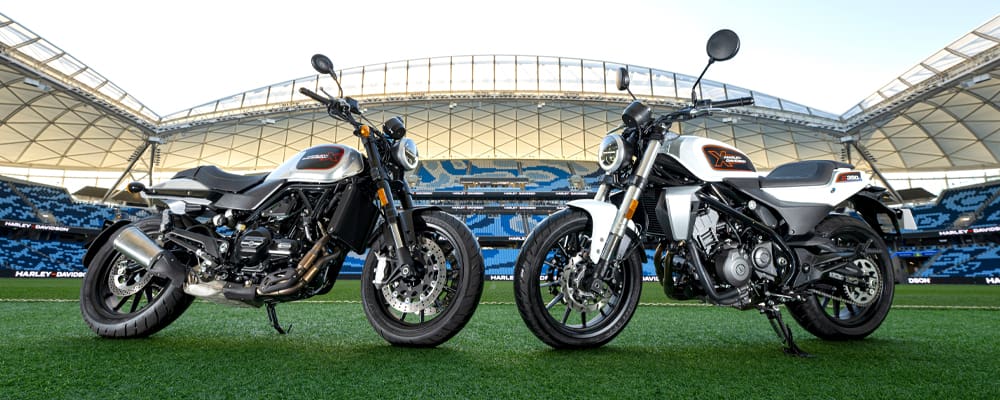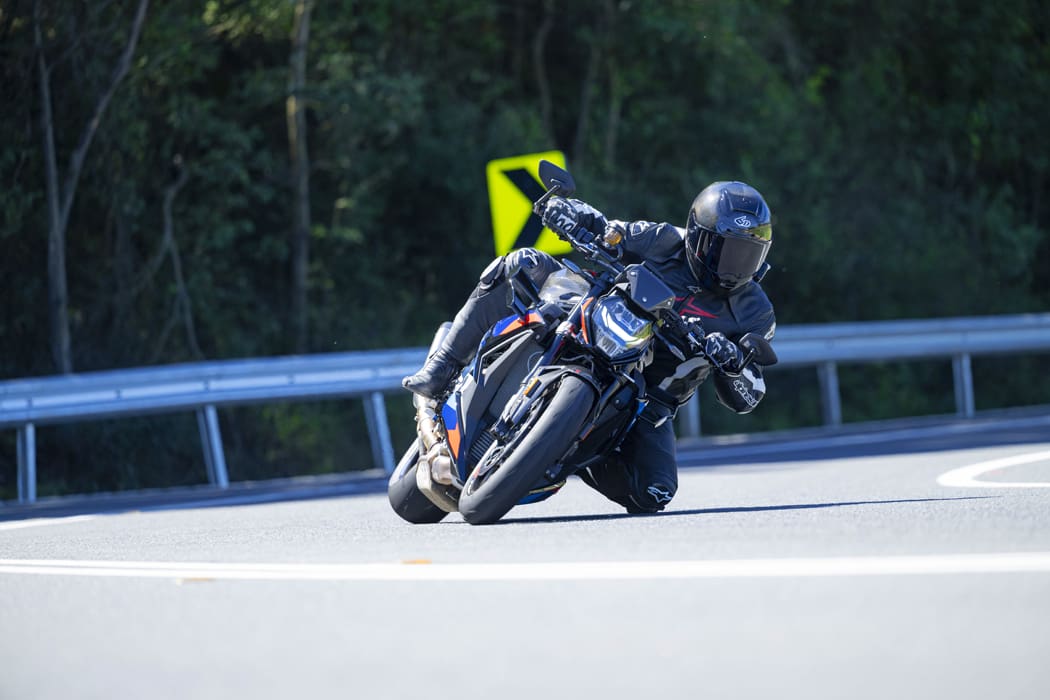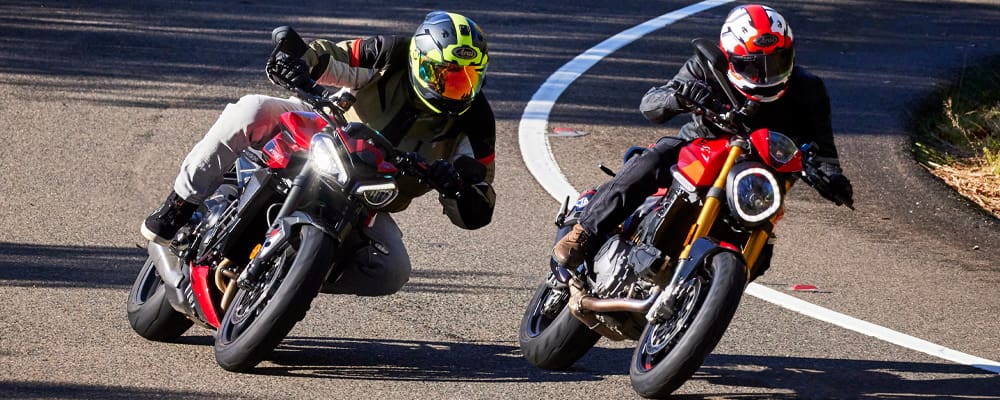When Chris Dobie rang a month ago to say he had a great idea to fit a full system to AMCN’s long-term Yamaha MT-10 and tune it to suit, he was so excited. How could I disappoint the man? I mean, have you ever tried to say no to your five-year-old kid in a lolly shop? Good luck!
Fitting the Akrapovič Titanium full system was straightforward. The tricky bit was going to be tuning it.
First things first – the O2 (oxygen) sensors. They run in close loop at part throttle, meaning any adjustment I make is recorrected. If I’m tuning out that annoying hesitation and stutter made more obvious by the exhaust, they must be disabled. The MT-10 has two of them.
It also has three riding modes, ABS, traction control and ride-by-wire throttle. See what I mean? There’s a lot going on under that fuel tank.
Each rider mode thankfully uses the same set of fuel maps – two for each cylinder, four main fuel maps to control everything over 10 per cent throttle (TPS), and four to control everything under 10 per cent throttle up to about 6000rpm. There are also more than 10 ignition maps, a couple of torque maps, and more than 50 ride-by-wire maps, one set for each mode. In fact there are seven for each mode – one for neutral and each of the six gears.
These are key to controlling your input at the throttle grip and, as the rate of acceleration is different in every gear, a ride-by-wire map is tailored to that gear.
We will concentrate on the Sports mode as it delivers the most performance. At 5000rpm and wide-open throttle (WOT) the ECU will only open the throttle plates to roughly 50 per cent, no matter what. The good news is we can change all that so this bad boy will really get nasty. (Sorry, Chris, but you did ask for it.) This is the first thing we adjust before making any air/fuel changes because it affects the overall fuel requirements. Once that file is saved and flashed to the ECU, we are ready for dyno testing.
In each main fuel map there are 50rpm break points and about 33 TPS break points. Multiply those two figures and that’s how many boxes there are with a number in them representing an amount of fuel. Back on the dyno we run the bike, test and record each break point to see what the air/fuel reading is, then work through the maps, adding or removing fuel until it’s finished. Then we flash the ECU, dyno test it all again, make some more changes to correct anything that’s still not quite right and so on.
We finish with some adjustments to ignition mapping before looking at the MT’s power delivery at low speed, acceleration in different gears, high-speed load testing, throttle response, and – what everyone wants to see – maximum power output.
After one last flash back to the ECU, it’s all down to Chris and how much courage he can muster up when he next twists that throttle. Maybe I should soften it up a bit? On second thoughts, naaah.
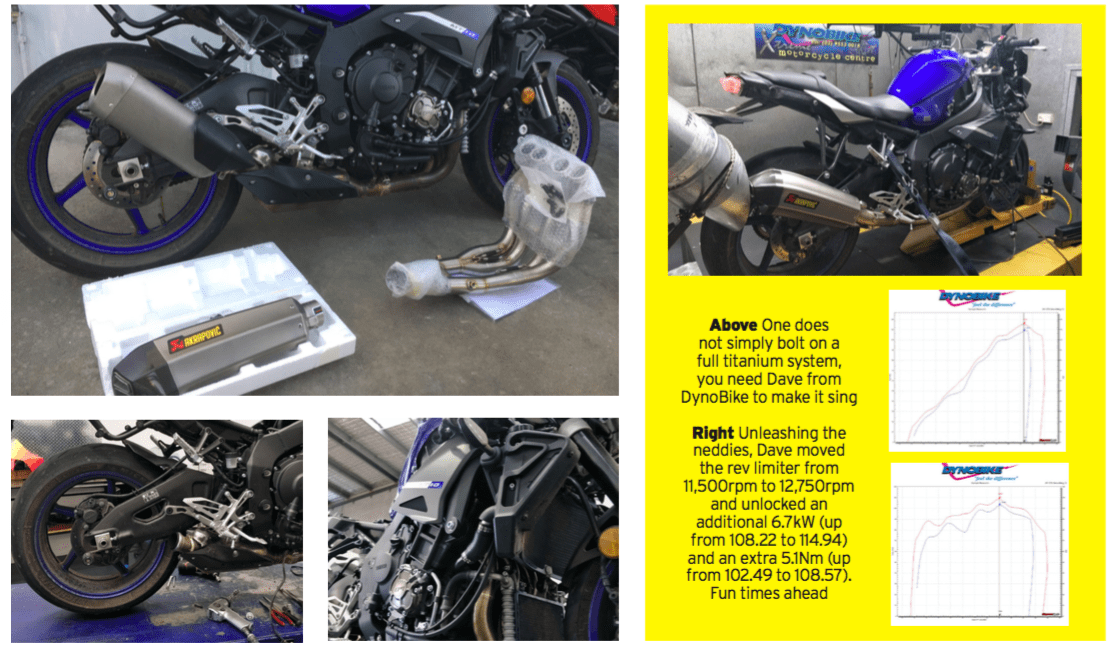
By DAVID EDGECOMBE

